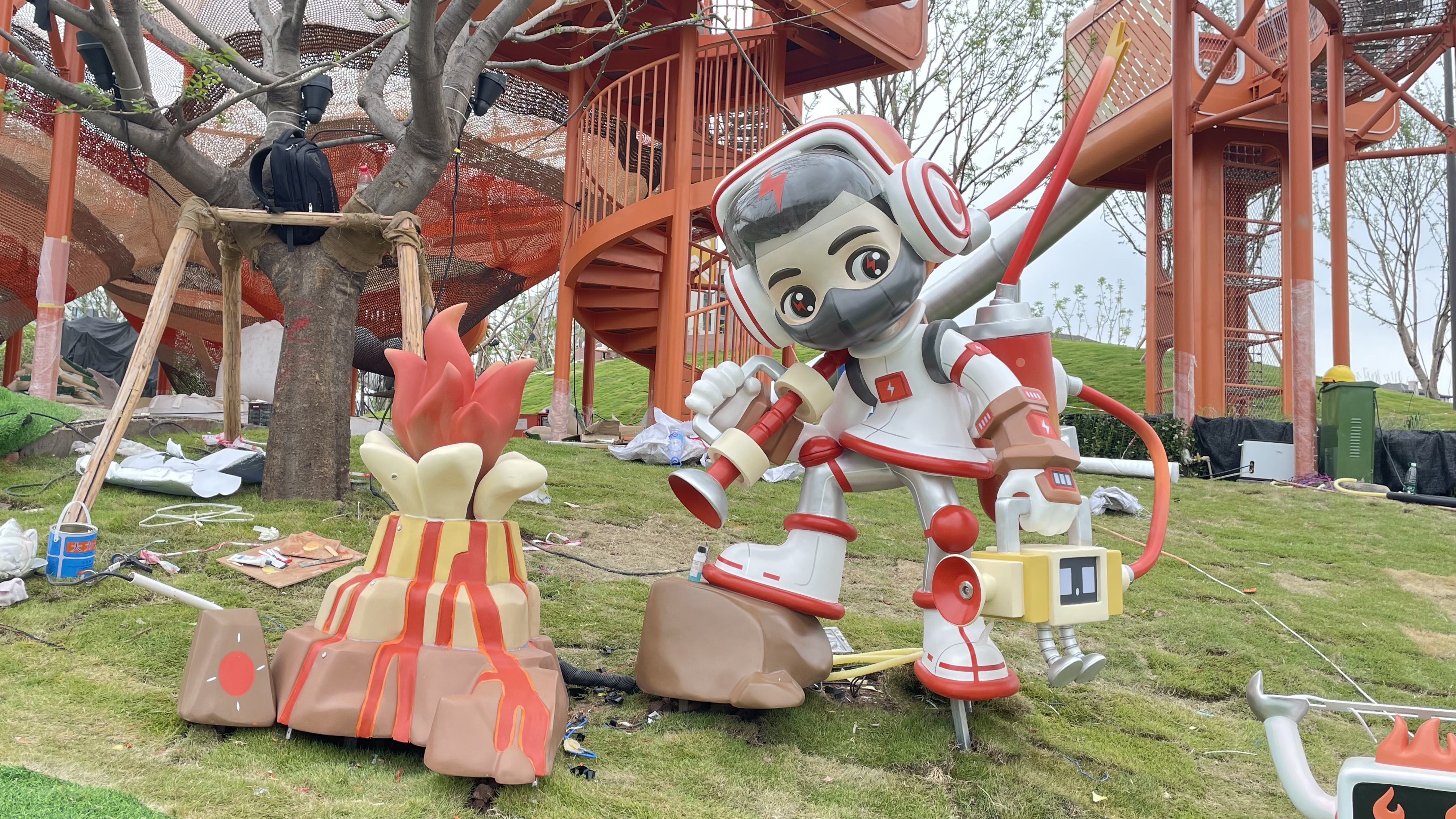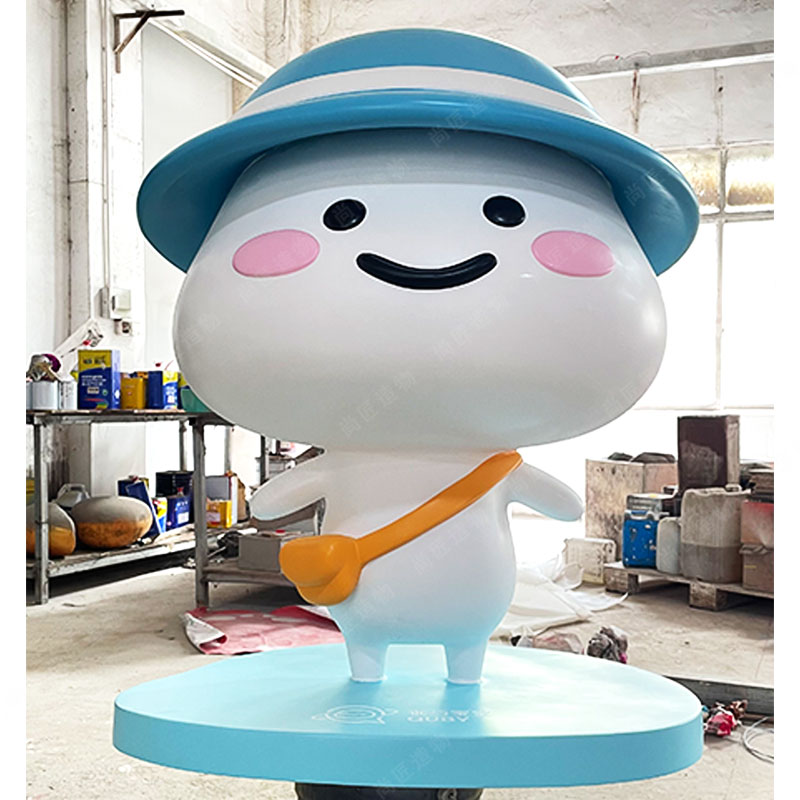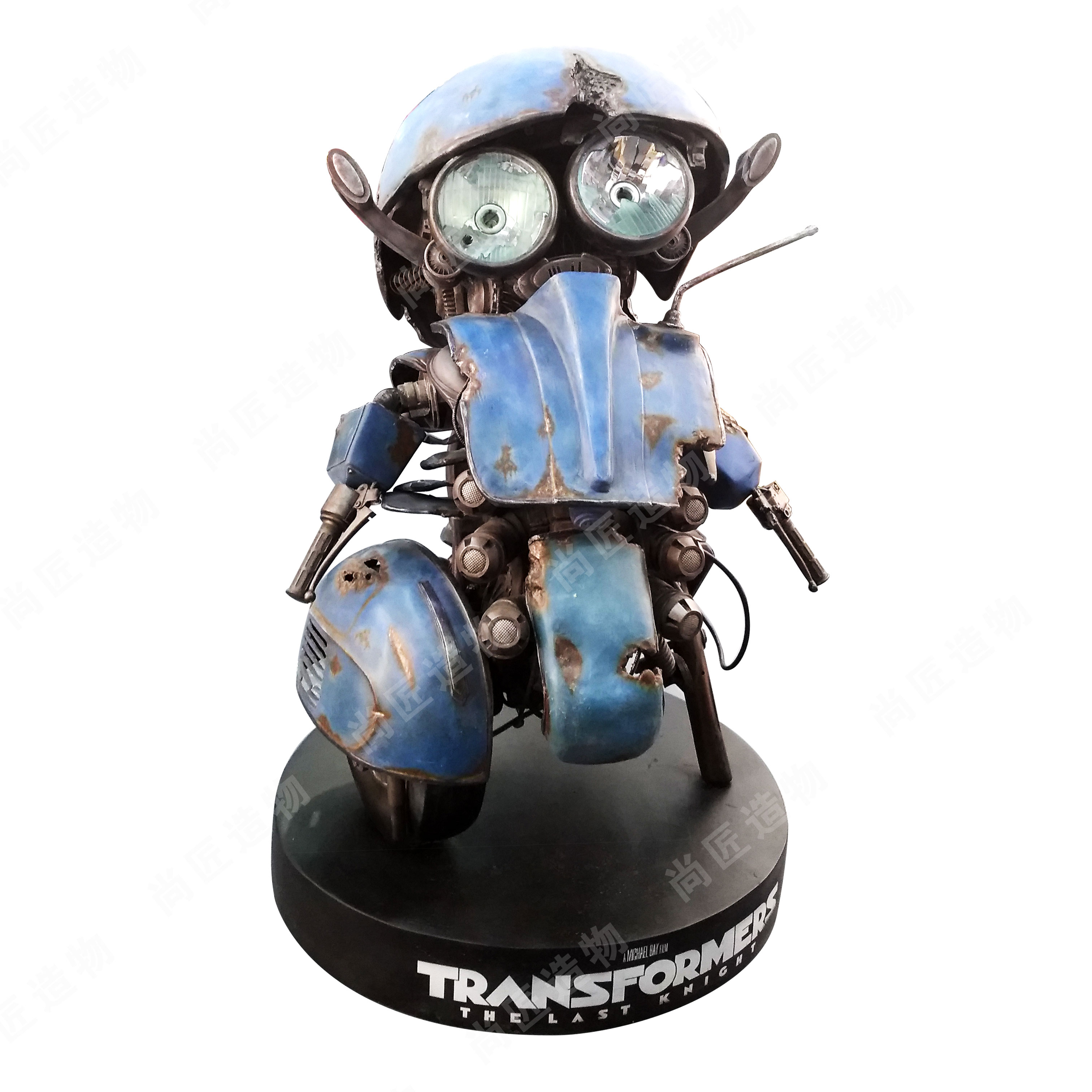Key Takeaways
Kinetic sculptures represent a unique intersection of art and functional engineering, blending aesthetics with mechanical problem-solving. These human-powered creations are not static displays but dynamic machines designed to navigate diverse terrains—from muddy trails to open water. Two notable annual competitions, Baltimore’s Kinetic Sculpture Race and Port Townsend’s Kinetic Sculpture Race, highlight this fusion by challenging participants to build sculptures capable of conquering both land and water obstacles.
| Feature | Baltimore’s Race | Port Townsend’s Race |
|---|---|---|
| Terrain Challenges | Sand, water, urban obstacles | Mud, hills, tidal zones |
| Key Focus | Spectacle and creativity | Durability and innovation |
| Judging Criteria | Artistry, engineering, humor | Engineering, teamwork, endurance |
While Baltimore’s event emphasizes whimsical designs and crowd engagement, Port Townsend’s race tests long-term resilience, requiring sculptures to withstand rigorous conditions. Both races underscore the importance of iterative design—where failures during testing lead to refined solutions. This process mirrors real-world engineering, where balancing form and function is critical. As participants transition from studio concepts to race-ready machines, they demonstrate how creativity and technical skill coexist to push the boundaries of what art can achieve.

Kinetic Sculptures: Where Art Meets Mechanical Ingenuity
Kinetic sculptures occupy a unique space where aesthetic expression intersects with mechanical precision. These dynamic artworks challenge traditional notions of static form by incorporating motion as a core element of their design. Unlike conventional sculptures that rely solely on shape and material, kinetic pieces integrate gears, pulleys, hydraulics, or wind-powered mechanisms to create fluid, unpredictable movements. Artists and engineers collaborate to balance visual appeal with functional durability, ensuring each sculpture withstands physical stresses while maintaining artistic intent.
The interplay between art and engineering becomes evident in materials selection—lightweight metals, reinforced polymers, and weather-resistant finishes are common choices. This fusion is not merely technical; it reflects a philosophical dialogue about impermanence and control. For instance, wind-driven sculptures embrace environmental unpredictability, while motorized designs prioritize programmed rhythms. Such works often draw inspiration from natural phenomena, like flowing water or migrating flocks, translating organic patterns into mechanical choreography.
Events like Baltimore’s Kinetic Race highlight this synergy, showcasing sculptures that navigate diverse terrains through human-powered innovation. These creations blur boundaries between functional machines and Realistic sculpture, proving that motion can deepen artistic narrative rather than distract from it. As viewers engage with these moving forms, they witness firsthand how calculated engineering amplifies artistic vision, transforming rigid materials into embodiments of rhythm and flow.

Human-Powered Marvels: Engineering Motion in Modern Art
Kinetic sculptures transform static art into dynamic storytelling, blending mechanical precision with human creativity. These moving artworks rely on principles like leverage, balance, and fluid dynamics, yet their true magic lies in how artists reinterpret engineering concepts through imaginative forms. At events like Baltimore’s Kinetic Sculpture Race, teams pilot amphibious contraptions across sand, water, and pavement—each vehicle a testament to problem-solving fused with whimsy.
"The challenge isn’t just making it move—it’s making the movement meaningful," explains sculptor Mara Holt, whose pedal-powered dragon sculpture breathes "fire" via synchronized bellows.
Modern creators often repurpose everyday materials: bicycle chains become sinewy joints, while recycled plastics morph into undulating fins. A key design tip emerges here: motion must serve both function and narrative. For instance, a cartoon sculpture might use exaggerated limb movements to mimic humor while navigating obstacles. Such works highlight a growing trend where art transcends galleries, inviting public interaction through kinetic playfulness. By merging gears with poetry, these human-powered marvels redefine what it means to engineer emotion into motion.
Baltimore’s Kinetic Race: Creativity Conquers Land and Water
Each spring, Baltimore’s streets transform into a playground for human-powered innovation during the city’s annual Kinetic Race. Teams of artists, engineers, and dreamers collaborate to build whimsical yet functional sculptures capable of traversing sand, mud, pavement, and even water. Unlike static art forms, these creations demand meticulous engineering—gears must mesh flawlessly, wheels must pivot across uneven terrain, and buoyant designs must defy sinking in the Patapsco River. Originating in 1999 as a quirky local tradition, the event now draws thousands of spectators, celebrating Baltimore’s reputation as a hub for interdisciplinary creativity.
The race’s rules are deceptively simple: vehicles must be entirely human-powered, with no engines or external energy sources. This constraint sparks ingenuity, yielding crab-shaped amphibious carts, pedal-powered dragons, and floating tea cups adorned with kinetic wings. Judges evaluate entries on artistic merit, mechanical complexity, and performance across four grueling phases. Beyond technical prowess, the event emphasizes community, with teams often incorporating recycled materials or themes reflecting local culture. As one participant notes, “It’s about proving that art isn’t fragile—it can climb hills, sink in mud, and still inspire.” The race’s legacy extends beyond trophies, fostering collaborations between Baltimore’s art schools and engineering firms while boosting tourism through its IP character sculpture-inspired public installations.

Port Townsend’s Sculpture Race: A Test of Grit and Innovation
Each October, the coastal town of Port Townsend transforms into a proving ground for human-powered kinetic sculptures, blending mechanical problem-solving with whimsical artistry. Unlike traditional competitions, this race demands vehicles to traverse sand, pavement, and even shallow water—all while maintaining structural integrity and aesthetic appeal. Teams spend months refining designs, often incorporating stainless steel sculpture elements for durability against saltwater corrosion and rough terrain. The event’s defining challenge lies in its unpredictability: tidal patterns shift, sandbanks collapse, and mechanical failures test participants’ ability to adapt mid-race.
What sets this Pacific Northwest tradition apart is its emphasis on collaborative innovation. Many entries feature modular systems, allowing crews to swap wheels for pontoons or reinforce frames with recycled materials. A 2022 standout included a crab-shaped sculpture using repurposed bicycle gears for leg movement, demonstrating how functionality and narrative design coexist. Judges evaluate not just speed, but creativity in overcoming obstacles—a nod to the race’s roots in maritime craftsmanship. Participants often experiment with counterbalance mechanisms and lightweight alloys, proving that artistic vision thrives under engineering constraints.

Dynamic Design Secrets: How Kinetic Sculptures Defy Terrain
Kinetic sculptures thrive on solving the puzzle of motion across unpredictable landscapes. Engineers and artists collaborate to balance three core principles: weight distribution, material resilience, and propulsion efficiency. Lightweight alloys and composites reduce structural strain, while articulated joints mimic biological flexibility, allowing sculptures to absorb shocks from uneven ground. For water transitions, sealed buoyancy chambers and paddle mechanisms prevent sinking—a critical feature in races like Baltimore’s annual challenge.
Terrain adaptability often hinges on modular design. Swappable wheels, for instance, adjust to sand, mud, or pavement without compromising speed. Some creators integrate hybrid systems, combining pedal power with mechanical leverage to climb steep inclines. A notable example from Port Townsend’s race involved a sculpture using retractable outriggers to stabilize during sharp turns. These innovations reflect iterative testing, where prototypes face simulated obstacles long before race day.
Central to success is understanding friction dynamics. Low-resistance bearings, precision gear ratios, and tire tread patterns are meticulously calibrated to minimize energy loss. By blending artistic vision with physics-based problem-solving, kinetic sculpture teams transform theoretical concepts into machines that dance across Earth’s challenging canvas.

From Studio to Racecourse: Crafting Motion-Driven Artworks
The journey of a kinetic sculpture begins in the studio, where artists and engineers collaborate to transform abstract concepts into functional machines. Unlike static art, these creations demand precision in balance, weight distribution, and material selection to ensure mobility across diverse terrains. Teams often experiment with lightweight yet durable materials, such as fiberglass sculpture components, to achieve both aesthetic appeal and structural resilience. Prototypes undergo rigorous testing—rolling through sand, floating in water, and navigating obstacles—to mimic racecourse conditions.
This iterative process blends problem-solving with artistic expression. For example, a sculpture’s steering mechanism might evolve from a simple lever to a complex pulley system, balancing usability with visual impact. As designs mature, workshops transition into staging areas for races like Baltimore’s Kinetic Sculpture Race, where functionality meets spectacle. The final product is not merely a vehicle but a narrative of innovation, reflecting months of trial, adaptation, and interdisciplinary teamwork. By race day, what began as sketches and equations becomes a kinetic testament to human creativity in motion.

The Kinetic Challenge: Merging Engineering with Artistic Vision
At its core, kinetic sculpture represents a delicate negotiation between form and function. Unlike static art, these moving creations demand rigorous problem-solving—artists must balance aesthetic expression with mechanical reliability. Every pivot, gear, or wheel must not only contribute to visual appeal but also withstand unpredictable terrain. For instance, sculptures designed for Baltimore’s annual race face sand, water, and mud, requiring waterproofing, weight distribution, and propulsion systems that harmonize with the artwork’s theme. This duality often sparks tension: engineers prioritize efficiency, while artists chase conceptual boldness. Yet, successful collaborations thrive on compromise. Teams experiment with materials like lightweight alloys or repurposed industrial components, iterating through prototypes to refine both motion and meaning. The process mirrors scientific inquiry, blending trial and error with creative leaps. Such projects challenge participants to see constraints—like race rules or environmental obstacles—as catalysts for innovation. By merging disciplines, kinetic sculpture becomes a living dialogue between imagination and physics, proving that art and engineering share a common language: the pursuit of elegant solutions.
Epic Races Reimagined: Sculptures That Move and Inspire
Kinetic sculpture races transform traditional competitions into living galleries of motion. Unlike conventional races focused solely on speed, these events prioritize ingenuity and endurance, challenging teams to navigate human-powered sculptures through mud, sand, and water. Each entry becomes a rolling testament to problem-solving, blending mechanical functionality with whimsical aesthetics. For instance, a towering dragon-shaped vehicle might paddle across a lake with rotating wings, while a spider-inspired contraption uses articulated legs to crawl over obstacles.
These races reframe engineering as a collaborative art form. Participants—often artists, welders, and engineers—spend months refining designs to balance structural integrity with imaginative flair. The result is a spectacle where failure becomes part of the narrative: a wobbly wheel or leaking hull adds drama, reminding spectators that innovation thrives on trial and error. By merging practical mechanics with theatrical storytelling, kinetic races celebrate not just who crosses the finish line first, but how boldly they reimagine the journey.

Conclusion
Kinetic sculpture races in Baltimore and Port Townsend exemplify the seamless integration of artistic vision and mechanical precision. These events, while rooted in playful competition, underscore a deeper truth: motion-driven art thrives where innovation intersects with practicality. Participants navigate sand, water, and urban obstacles not merely to win, but to demonstrate how engineered creativity can transcend static forms. The races reveal a shared ethos—art is not confined to galleries, nor engineering to laboratories.
By merging sculptural aesthetics with functional design, creators challenge perceptions of both disciplines. The annual races serve as living laboratories, testing durability, adaptability, and human ingenuity. Though distinct in locale—Baltimore’s urban grit versus Port Townsend’s coastal terrain—both events celebrate communal problem-solving. Teams iterate designs, learning from failures to refine balance, weight distribution, and propulsion.
Ultimately, kinetic sculptures remind us that art evolves when subjected to real-world forces. The races crystallize a universal lesson: constraints fuel creativity. Whether crafted for competition or contemplation, these moving artworks invite viewers to reconsider the boundaries between form, function, and the fleeting beauty of controlled motion.
FAQs
What defines a kinetic sculpture?
A kinetic sculpture is a dynamic artwork that incorporates movement, often powered by human energy, wind, or mechanical systems. Unlike static art, these pieces rely on engineering principles to navigate terrain, merge aesthetics with function, and challenge traditional notions of sculpture.
How do kinetic sculpture races work?
Participants design and pilot human-powered sculptures through obstacle-filled courses, combining land and water challenges. Races like Baltimore’s Kinetic Race and Port Townsend’s event test durability, creativity, and teamwork, requiring sculptures to transition seamlessly between environments like mud, pavement, and open water.
What makes Baltimore’s Kinetic Race unique?
Baltimore’s race emphasizes whimsical themes and community collaboration. Teams compete in a 15-mile course featuring steep hills, water crossings, and mud pits, prioritizing both speed and artistic flair. The event celebrates eccentricity, with many sculptures resembling giant animals or fantastical machines.
How does Port Townsend’s event differ from others?
Port Townsend’s race, set in the Pacific Northwest, focuses on rugged innovation. The course includes tidal zones and forest trails, demanding designs that withstand harsh conditions. Judges reward problem-solving and adaptability, reflecting the region’s maritime heritage and DIY ethos.
What challenges do participants face in these races?
Common hurdles include mechanical failures, weight distribution issues, and unpredictable terrain. Teams must balance artistic vision with practical engineering, ensuring sculptures remain functional while navigating obstacles. Weather and water currents add additional layers of complexity.
Do kinetic sculptures require specialized materials?
While some builders use lightweight alloys or waterproof composites, many prioritize recycled or repurposed materials. The focus lies in creativity over budget, with solutions ranging from bicycle parts to custom gear systems proving equally effective in motion-driven designs.
 ch
ch English
English





